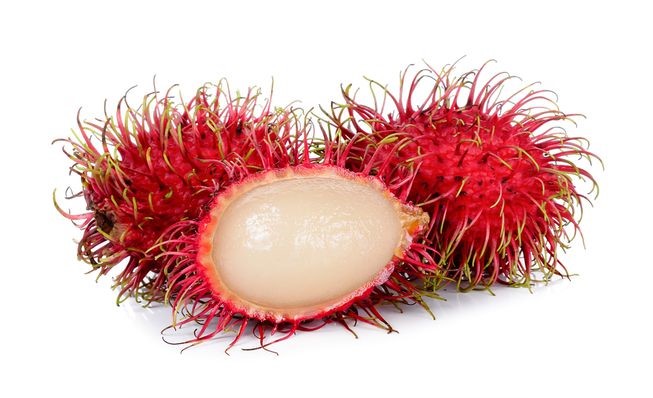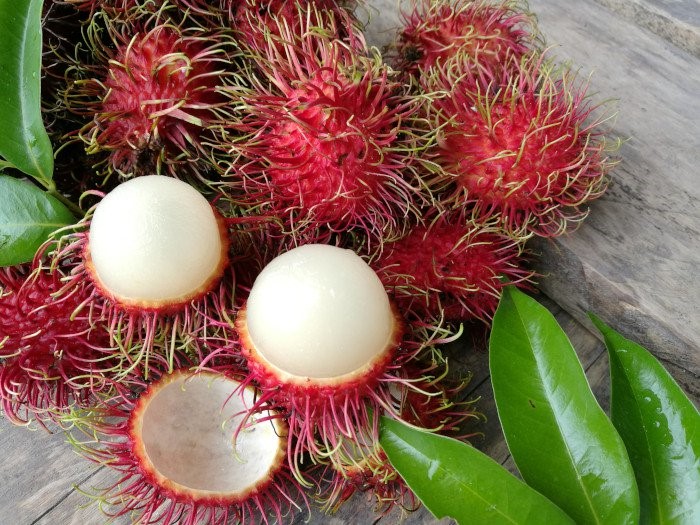• The term ‘rambutan’ is derived from the word ‘rambut’ of the Indonesian and Malay languages, and is translated as ‘hair’.
• Usually ripe rambutans have a red skin color, though yellow or orange varieties are available, and they have a flesh colored white, sometimes with a pink tint.
• The Rambutan (Nephelium lappaceum) is a member of the Soapberry family which includes the lychee and the longan.
• In Vietnam, rambutan is called “Chom Chom”, which means “messy hair”, due to the spines covering the fruit’s skin.
• The rambutan is a fruit that grows on tropical tree.

Tips
There is a number of applications of rambutan as illustrated below:
Increases Energy Metabolism
The range of B vitamins in rambutan boost the metabolic pathways in the body, which, in turn, also helps in energy metabolism, namely the conversion of carbohydrates into usable energy.
Cures Fever
Anecdotal evidence, particularly in Chinese traditional medicine, shows that rambutan can be used to break fevers and tackle other inflammatory conditions, including gout, headaches, stomach upset, and arthritis.
Improves Growth & Development
Rambutan contains a limited amount of protein but it can help improve growth and development, considering that proteins – and their component parts, amino acids, are needed by the body for the production of every cell, tissue, muscle, and drop of blood!
Improves Bone Density
With notable amounts of minerals, including zinc, sodium, potassium, phosphorus, calcium, iron, manganese and magnesium, rambutan helps improve bone strength and density, thus helping you avoid osteoporosis as you age.
Prevents Heart Diseases
Rambutan is a great source of vitamin C. Research by Prof. Howard Sesso from the Harvard School of Public Health suggests that vitamin C helps protect heart health and it helps in strengthening and repairing damaged blood vessel walls. This gradual breakdown can increase your risk of cardiovascular disease, making rambutan an excellent defensive tool for your heart health!




